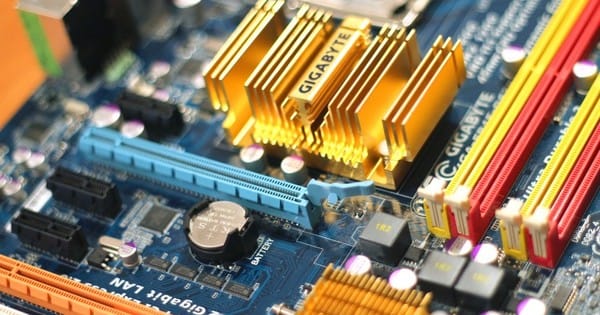Let me start by saying that I hate thumb drives. Even the "fast" ones annoy me. Don't get me wrong, they have their place, but I'm at a point where I have some fairly significant amounts of data that I want to put into long storage.
I'm considering going to NVMe SSDs for this purpose for a few reasons:
1) They are fast - a definite advantage considering that I have many TB of data to archive.
2) They have become what I would consider very affordable now. A good quality 500GB NVMe is now under $40 in the US.
3) They are very small, making organization and storage a breeze.
However, I have some serious questions about long term storage. I know that the specs say that an SSD should be able to retain data for a minimum of 1 year at 30 degrees C, but that retention time drops dramatically with even a few degrees in temperature.
So here is the big question: In order to "refresh" the cells on an SSD, do I merely need to plug the NVMe and give it power for a few seconds or does it need to remain plugged in for an extended period of time so that the controller can go about "touching" every cell on the SSD? I cannot seem to find an answer to this anywhere. If anyone has researched this and found an answer, I would appreciate it if you could share what you have found.
I'm considering going to NVMe SSDs for this purpose for a few reasons:
1) They are fast - a definite advantage considering that I have many TB of data to archive.
2) They have become what I would consider very affordable now. A good quality 500GB NVMe is now under $40 in the US.
3) They are very small, making organization and storage a breeze.
However, I have some serious questions about long term storage. I know that the specs say that an SSD should be able to retain data for a minimum of 1 year at 30 degrees C, but that retention time drops dramatically with even a few degrees in temperature.
So here is the big question: In order to "refresh" the cells on an SSD, do I merely need to plug the NVMe and give it power for a few seconds or does it need to remain plugged in for an extended period of time so that the controller can go about "touching" every cell on the SSD? I cannot seem to find an answer to this anywhere. If anyone has researched this and found an answer, I would appreciate it if you could share what you have found.
My Computers
System One System Two
-
- OS
- Win11 Pro 23H2
- Computer type
- PC/Desktop
- Manufacturer/Model
- Home Built
- CPU
- Intel i7-11700K
- Motherboard
- ASUS Prime Z590-A
- Memory
- 128GB Crucial Ballistix 3200MHz DRAM
- Graphics Card(s)
- No GPU - CPU graphics only (for now)
- Sound Card
- Realtek (on motherboard)
- Monitor(s) Displays
- HP Envy 32
- Screen Resolution
- 2560 x 1440
- Hard Drives
- 1 x 1TB NVMe Gen 4 x 4 SSD
1 x 2TB NVMe Gen 3 x 4 SSD
2 x 512GB 2.5" SSDs
2 x 8TB HD
- PSU
- Corsair HX850i
- Case
- Corsair iCue 5000X RGB
- Cooling
- Noctua NH-D15 chromax.black cooler + 10 case fans
- Keyboard
- CODE backlit mechanical keyboard
- Mouse
- Logitech MX Master 3
- Internet Speed
- 1Gb Up / 1 Gb Down
- Browser
- Edge
- Antivirus
- Windows Defender
- Other Info
- Additional options installed:
WiFi 6E PCIe adapter
ASUS ThunderboltEX 4 PCIe adapter
-
- Operating System
- Win11 Pro 23H2
- Computer type
- Laptop
- Manufacturer/Model
- Lenovo ThinkBook 13x Gen 2
- CPU
- Intel i7-1255U
- Memory
- 16 GB
- Graphics card(s)
- Intel Iris Xe Graphics
- Sound Card
- Realtek® ALC3306-CG codec
- Monitor(s) Displays
- 13.3-inch IPS Display
- Screen Resolution
- WQXGA (2560 x 1600)
- Hard Drives
- 2 TB 4 x 4 NVMe SSD
- PSU
- USB-C / Thunderbolt 4 Power / Charging
- Mouse
- Buttonless Glass Precision Touchpad
- Keyboard
- Backlit, spill resistant keyboard
- Internet Speed
- 1Gb Up / 1Gb Down
- Browser
- Edge
- Antivirus
- Windows Defender
- Other Info
- WiFi 6e / Bluetooth 5.1 / Facial Recognition / Fingerprint Sensor / ToF (Time of Flight) Human Presence Sensor


















